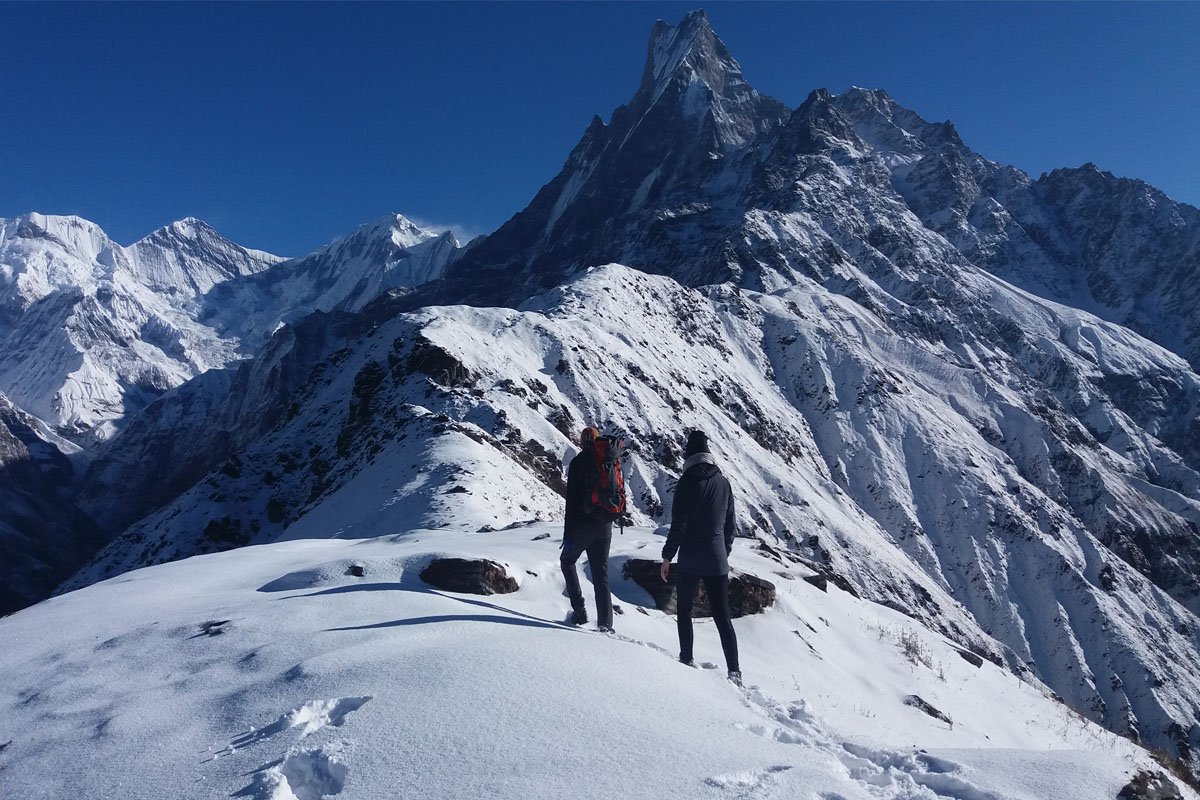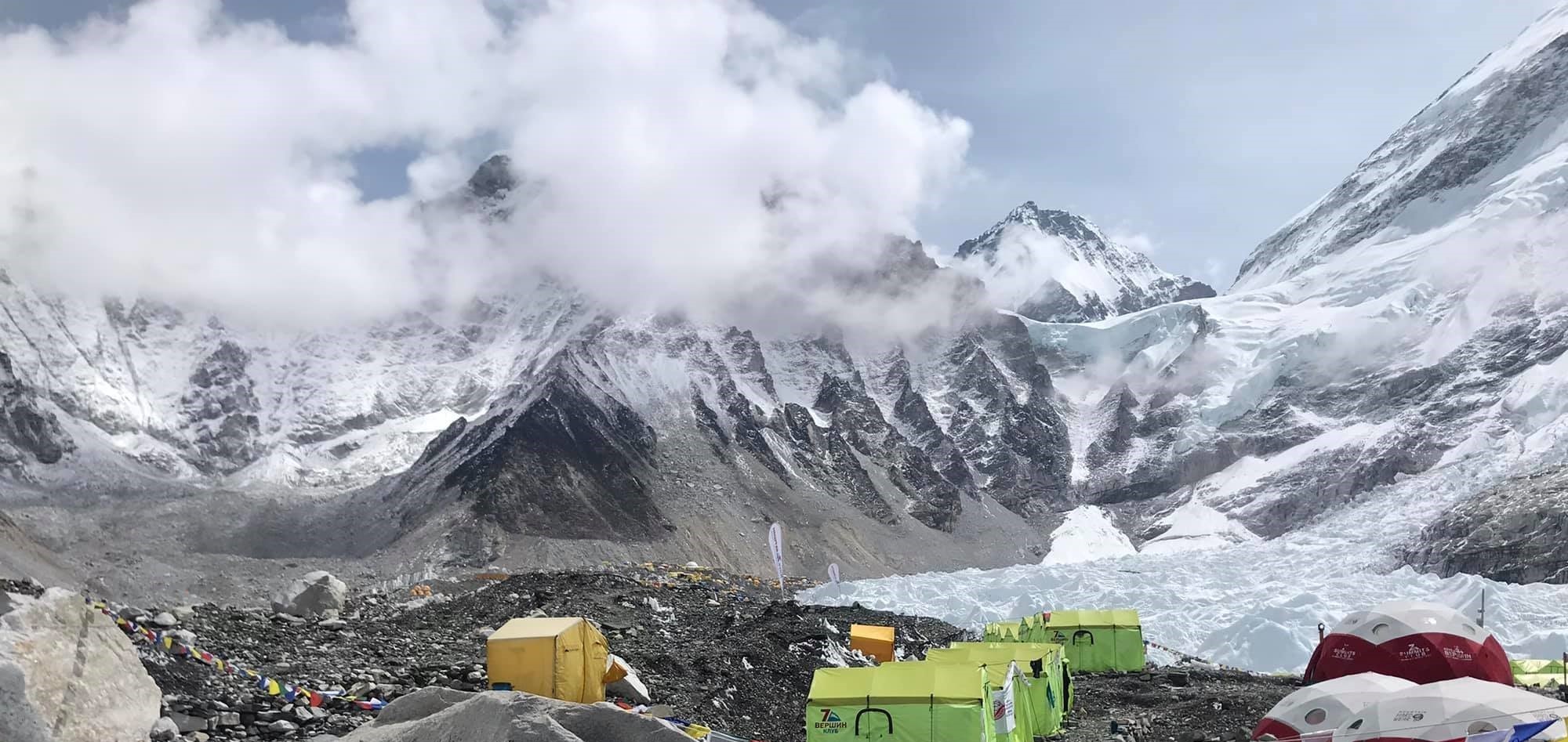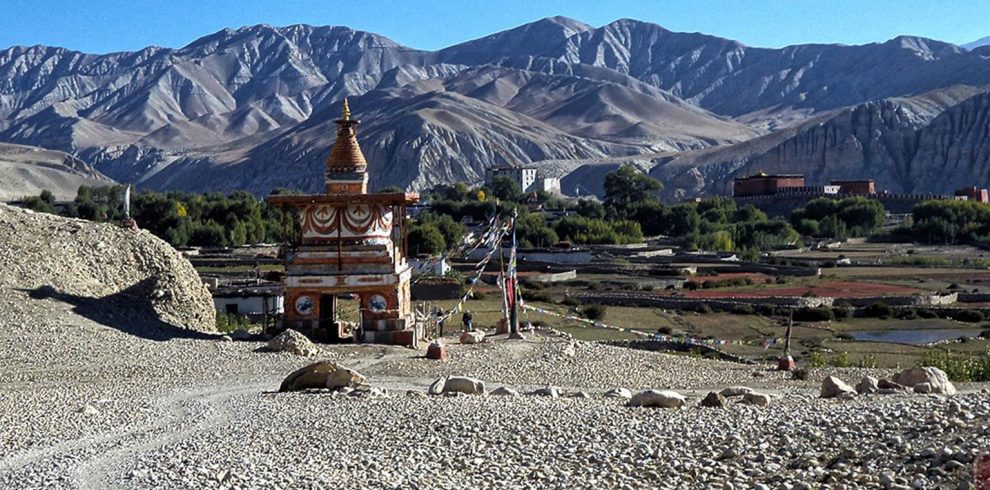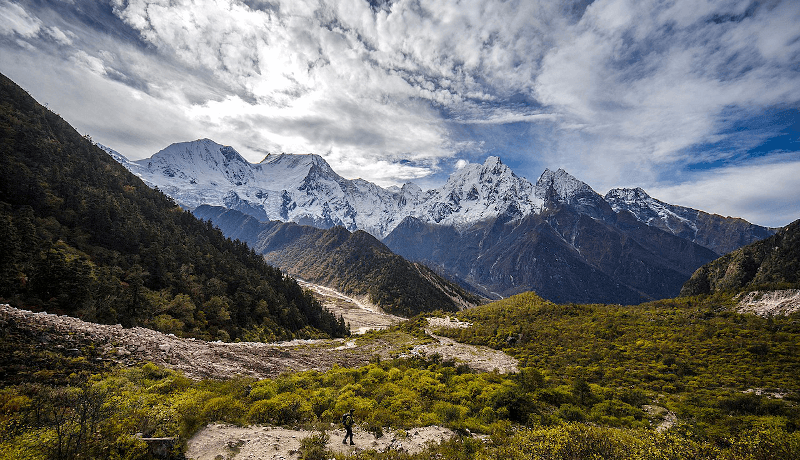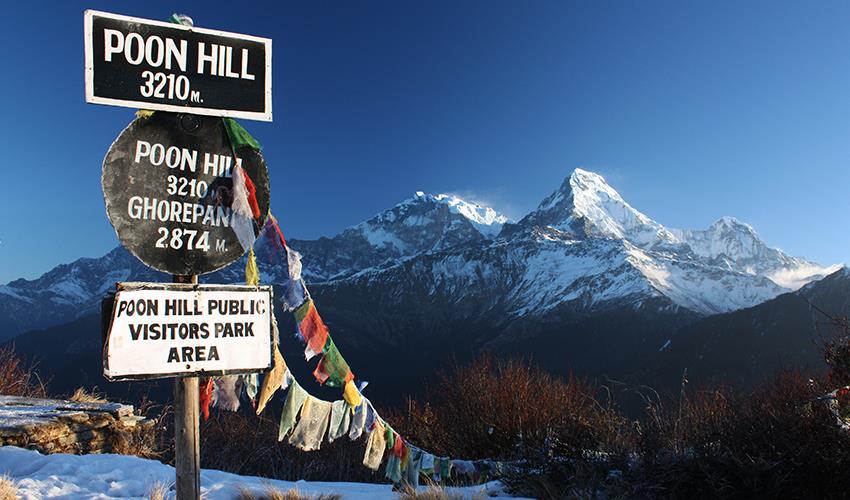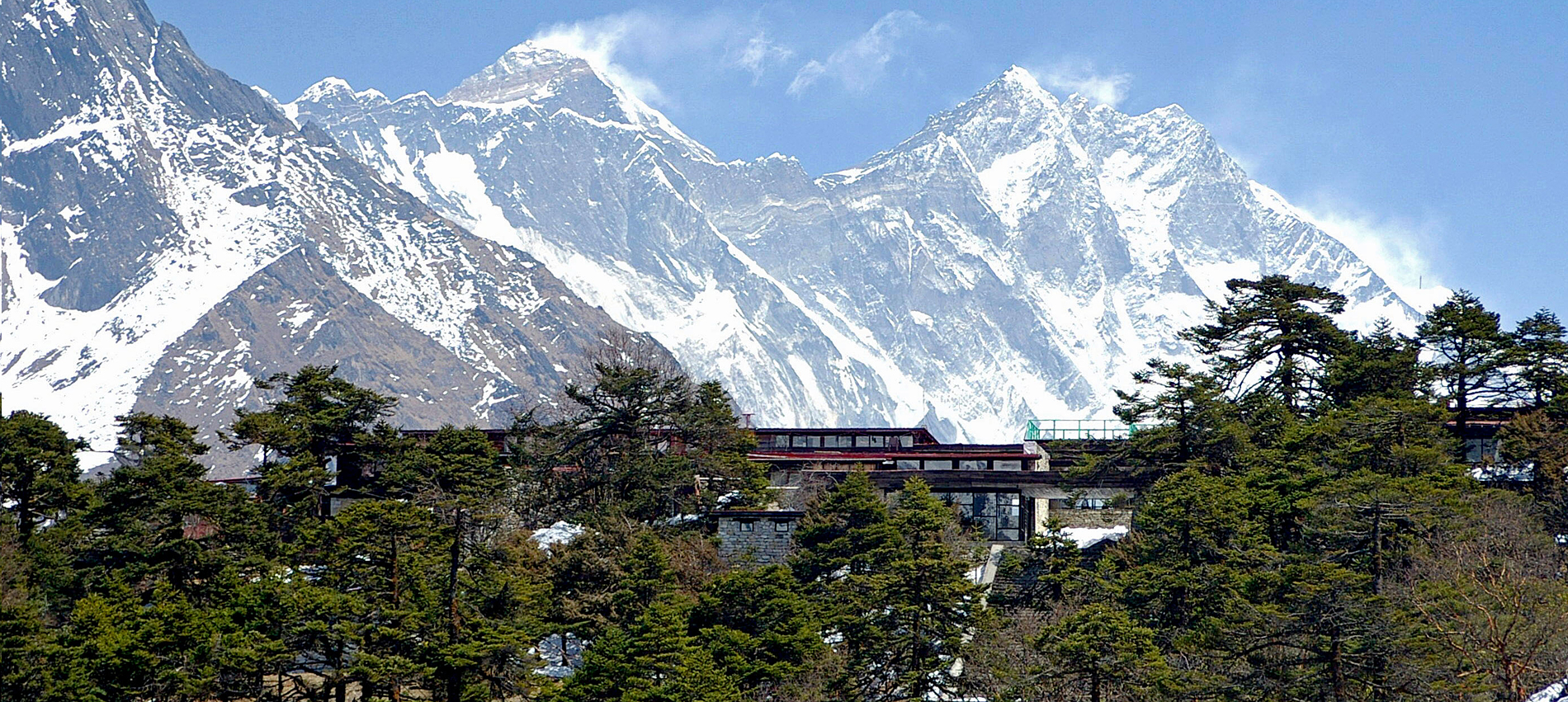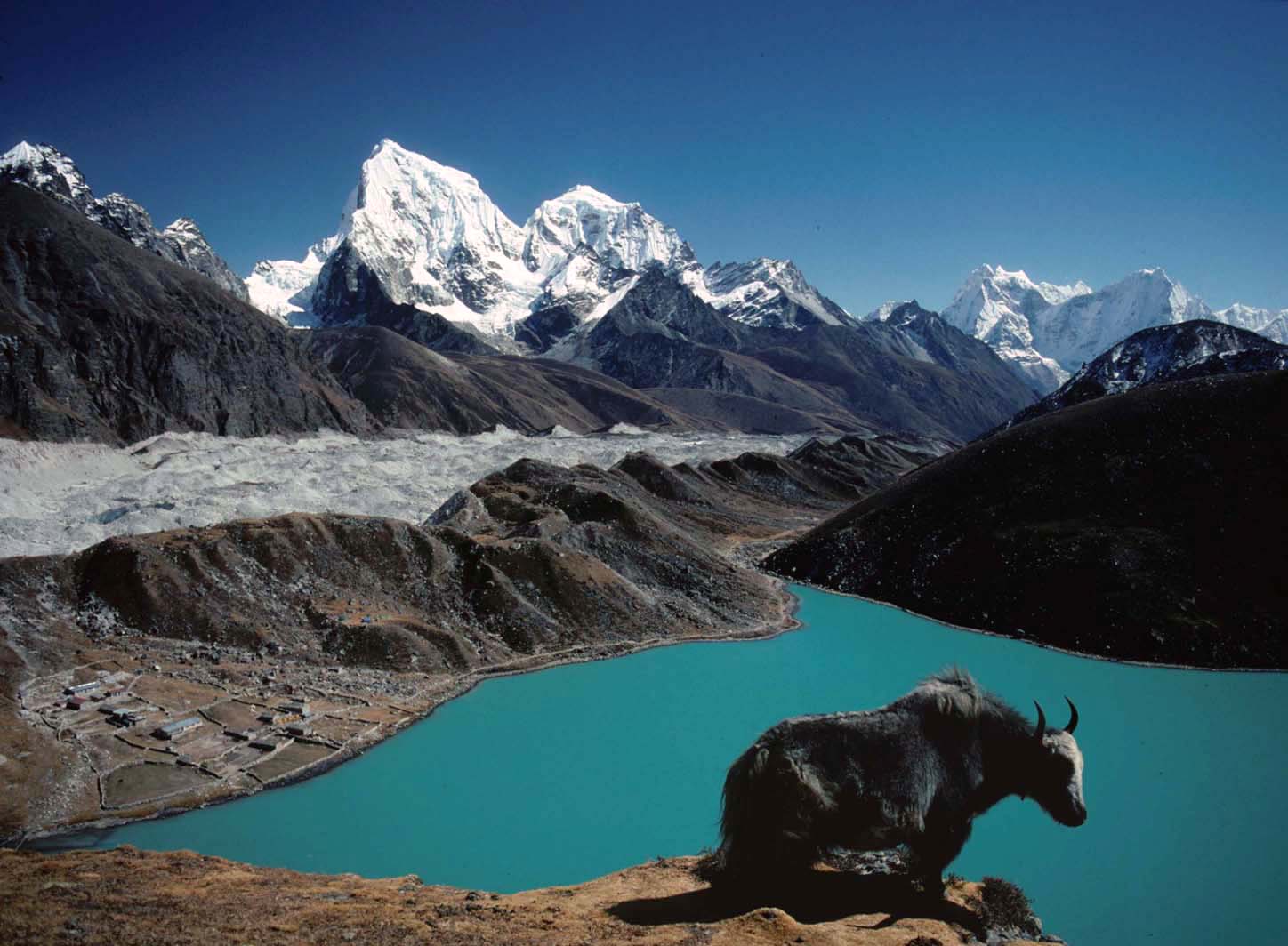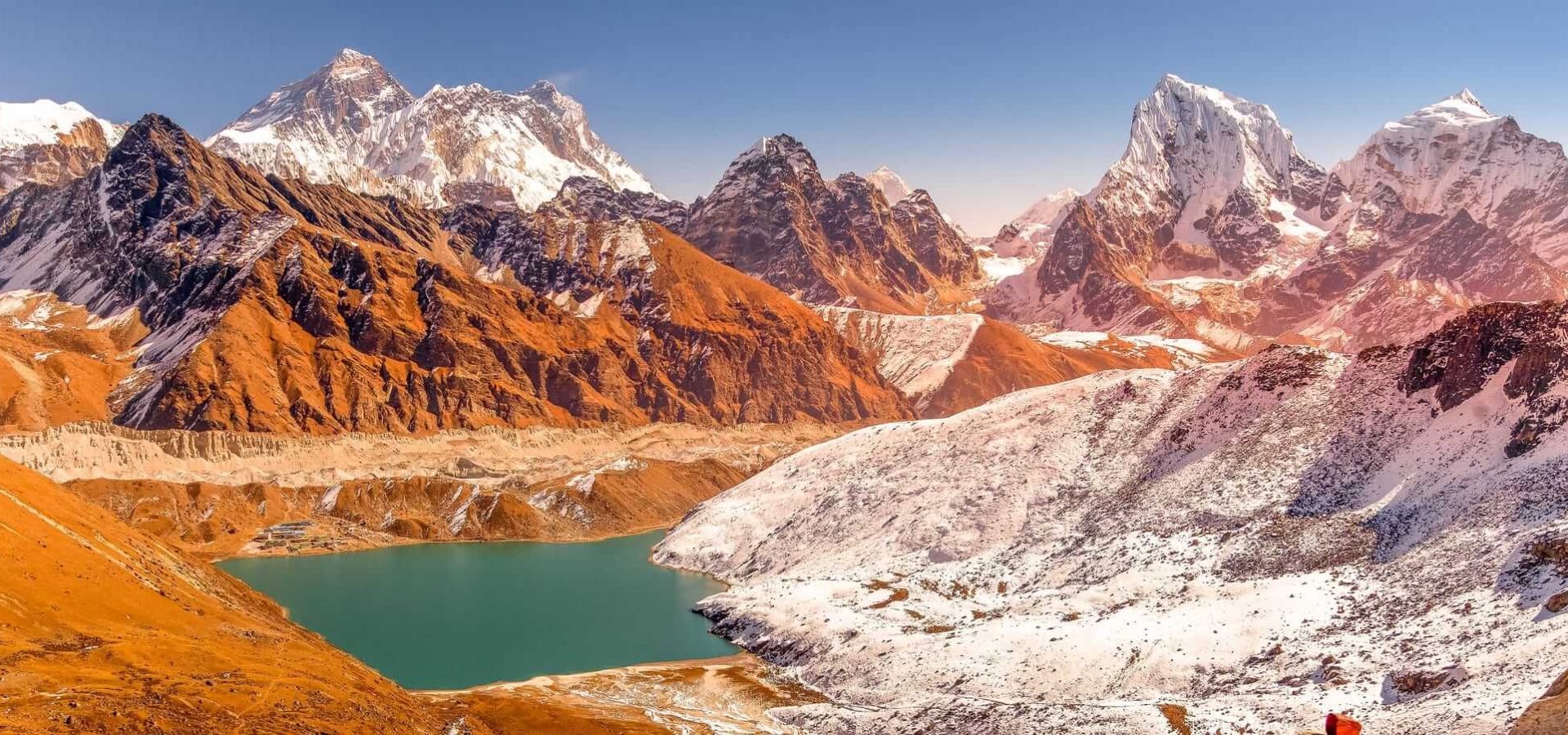On arrival at the Tribhuvan International Airport in Kathmandu, you will complete all necessary immigration formalities followed by baggage collection from the designated area in the airport. As you exit, one of the representatives from AID Journeys & Adventure, with a placard, will officially welcome you and escort you to your pre-assigned hotel. At the hotel, you may stretch out your legs and relax for few hours from the possible jet lag that you might have experienced after a long flight. Those who are anxious and want to hit the streets right away, may stroll around Thamel and do a bit of shopping for the upcoming trip. Overnight in Kathmandu.
After a good night’s rest, you will be woken up with a morning call, if you desire, followed by a warm bed tea. Once you finish your breakfast, there will be a guided tour of some of the most historical and spiritual landmarks of the city, all of them being recognized as UNESCO world heritage sites. You will visit the most revered and holy Hindu temple complex of Pashupatinath, the prominent monkey temple, Swayambhunath, one of the largest stupas in the world - a Buddhist shrine at Bouddhanath, and the captivating Basantapur Durbar Square. In the late afternoon, you will visit our office site to make necessary preparations, get your equipment checked, and meet your trip leader, crew members, and other fellow accomplices. You will have a brief discussion about the forthcoming trip and return to your hotel room. Overnight in Kathmandu.
After an early breakfast, you will begin your drive from Kathmandu to the lake city of Pokhara along the Prithvi Highway. From the small stopover at Naubise, you will drive all the way to Mugling along the raging Trishuli River passing several small towns and meandering roads. From Mugling it is around three hours to reach Pokhara through beautiful terraced fields and varying landscapes and small townships. On arrival at Pokhara, you will be transferred to your designated hotel where you may stretch your legs and relax. In the evening, you may loiter around the lakeside; enjoy some local bands performing live music with a chilled bottle of beer with Dhaulagiri, Manaslu, Machhapuchhre and Annapurna ranges in the backdrop. Overnight in Pokhara.
Your adventure starts after an early breakfast today with a short drive to Phedi, which is the starting point of your trekking. Climbing up the steep hill from Phedi along stone steps, passing neatly terraced fields, tiny villages, and forests, you will reach Dhampus in about two hours. Dhampus offers panoramic views of Mt. Dhaulagiri, Annapurna, Machhapuchhre and many other mountain ranges. After lunch in Dhampus, the trek continues through rhododendron forest, and Mardi Khola bouncing back down the hills and the panoramic views of the snow-clad mountain peaks until you reach Deurali, a small beautiful village located on a ridge with spectacular mountain views. Overnight in Deurali.
After relishing a beautiful morning and a fine breakfast on the ridge top Deurali village, it is time to divert away from the main Annapurna trekking route. The ‘right turn’ diversion sign is indicated on a signpost at Deurali as “Forest Camp”, and the trail leads through jungles and complete wilderness. The temperature begins dropping to cool and refreshing air with fantastic views of Annapurna I, II & Camp; IV, Annapurna South, Hiunchuli and Lamjung Himal. As there are no teahouses along the way, today you will carry packed lunch and adequate water. The day’s walk in the rhododendron forest is beautiful with a gradual uphill walk and undulating path at times. You will finally arrive at the forest camp, also known as Kokar. There are few lodges in Kokar, simple and basic but clean. You can expect no dining rooms, so probably you will be eating your meals in the kitchen along with the owner. Overnight in Forest Camp.
Your trekking trail today gradually ascends through rhododendron forests following the ridge. Although the trail is initially quite steep, soon the steepness reduces to an easier track to reach a pastureland. Dazzling views of Machhapuchhre, Annapurna chains, and Mardi Himal seem to appear much closer as you keep walking gradual uphill with floral diversity that changes to classic ‘cloud forest’ with mosses, lichens, ferns, and orchids. Reaching low camp, you may spend some time in the evening to evaluate the local lifestyle. There are just a couple of basic lodges, one with a dining room and open fire but with the warm hospitality of the locals. Overnight in Low Camp.
After an early breakfast today, you start trekking uphill in conjunction with a ridge towards Mardi Himal and Machhapuchhre. The initial climb first takes you to Badal Danda, also known as the Cloud Hill. From this hill, the tree lines start thinning and you will arrive in a shrubby alpine area that consists of desolate rhododendron bushes. After about three hours of undulant paths, you will finally ascend up to the High Camp, which is nothing more than a small pasture with few lodges. Stunning views of Annapurna South, Hiunchuli, and Machhapuchhre along with icy fields and blue glaciers of the Annapurna sanctuary walls down below is simply awe-inspiring. If you are fortunate enough, then you may also come across the national bird of Nepal, Danphe while ascending to the High Camp. At the camp, you will experience yourself being above the clouds and in close proximity to the snow-clad mountain peaks. Overnight in High Camp.
Today, you will wake up early for glorious sunrise views that unfold the gloomy mountains to glittering state. Then, after breakfast, you will walk up the ridge that leads towards the Mardi Himal Base Camp. With various ascends and descends on steep and narrow trails, past yak grazing pastures you will arrive at the ridge top that is marked as MBC suggesting the direction for Mardi Himal Base Camp. This is the upper viewpoint and the highest point of our trek. However, the real base camp will require another two or more hours of hiking up along the ridge. The views of the snow-capped Himalayan peaks and the glacial surroundings from this point are astounding. The resplendent peaks visible are Mardi Himal, Annapurna I, Annapurna South, Hiunchuli, Varaha Shikhar (Mt. Fang), Tent peak, Singachuli, Machhapuchhre and many more. After taking plentiful photos of the panoramic vistas, you will retrace back to the High Camp. Overnight in High Camp.
You will retrace your steps from the High Camp following a different route taking you to Sidhing village instead of descending back to Mardi Himal and the forest camp at Kokar. Making your way through the shade of the forest and along the banks of the Mardi Khola to the terraced fields and simple farms over the exciting suspension bridges, the day’s walk is an easygoing descent. Sidhing village is in fact, an idyllic Nepali countryside that offers a quiet stay for trekkers as it is situated on a junction to other east and west routes of Mardi Himal, and is tucked away from the much busier trails. Overnight in Sidhing.
Today, after breakfast you will walk out for about two to three hours to the road head at Lumre passing the villages of Kalimati and Ghalel. From Lumre, it is yet another two-hour drive to the lake city of Pokhara. On arrival at Pokhara, you will immediately proceed to the airport and fly back to Kathmandu. If your flight is scheduled during the late afternoon and have a few hours, you may quickly take a walk around Lakeside and grab a chilled beer. After arriving at Kathmandu, you will be transferred to your hotel room, where you may stretch your legs and relax all the while. Those energetic ones may hit the streets of Thamel to do some last minute souvenir shopping to carry back home to your beloved ones. Overnight in Kathmandu.
Early Morning - Drive to Sarangkot hill for sunrise and view the Himalayan ranges. Visit Bindabasini Temple on the way back to the hotel. After Breakfast - Half day sightseeing to David’s fall and Gupteshwar Mahadev Cave Visit Seti River, Visit Old Bazaar, Visit Bat Cave, Drive to Phewa Lake and enjoy boat ride & relax your rest of the day
After Breakfast: You will drive to Kathmandu from Pokhara and it takes 6.5-7 hrs to reach Kathmandu. In the evening time, you can relax at Hotel or can also roam around the area
Today is the day your holidays in Nepal have come to an end, and you will be flying back home with ample memories of the experiences you’ve had in the Himalayas. A representative from Aid Journeys will drop you off at the Tribhuvan International Airport well ahead of your scheduled flight for your onward journey. With plenty of time onboard, you may plan your next trip in the Himalayan realms of Nepal. For those willing to stay back and extend your holidays, Aid Journeys will be glad to plan your trip according to your craving.

